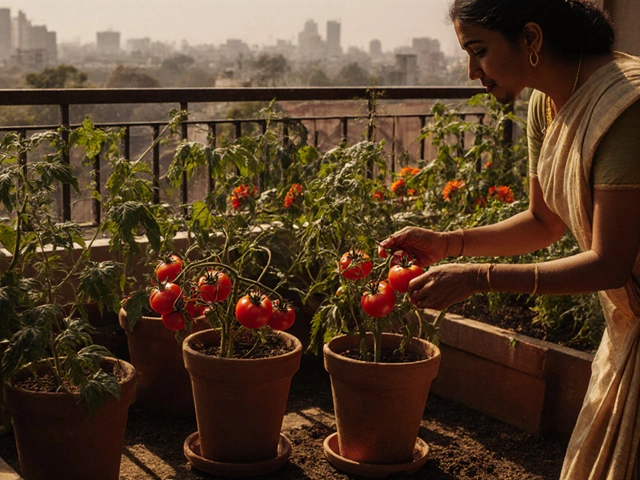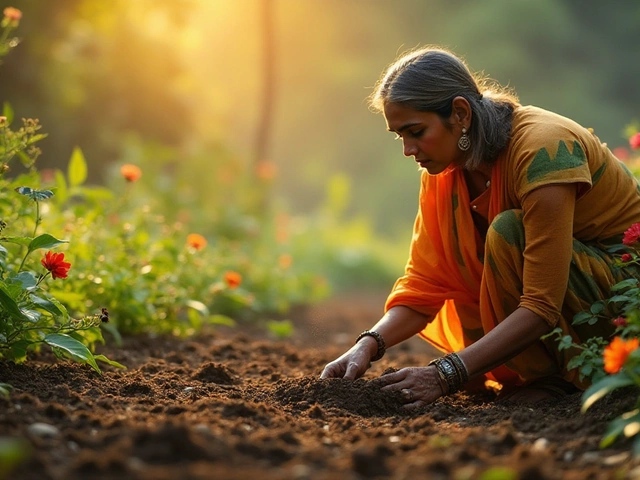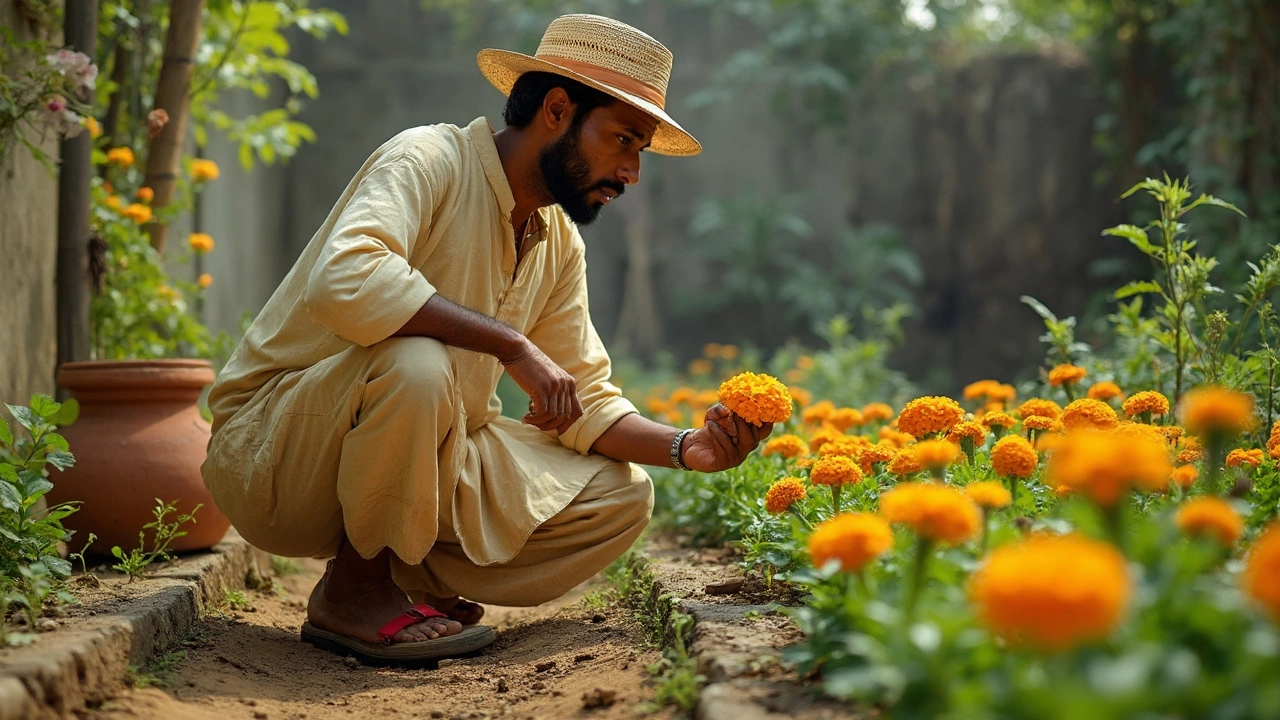Irrigation Costs: What You Need to Know Before You Install
Thinking about adding an irrigation system? The first question most gardeners ask is, "How much will it cost?" Knowing the price helps you avoid surprises and plan a budget that fits your garden size and water needs.
There are three big factors that drive the price: the type of system, the area you want to cover, and the level of automation you need. A simple soaker hose can be set up for under a hundred rupees, while a full‑featured drip‑line network with timers can run into several thousand.
Breaking Down the Main Expenses
System type. Surface drip tape, buried drip tubing, and sprinkler heads each have different material costs. Drip tape is cheap but works best for rows of vegetables. Buried drip lines cost more because you need trenching tools, but they lose less water to evaporation.
Coverage area. Measure the square metres you plan to irrigate. Most suppliers price per metre of line, so double‑checking the layout saves you from over‑buying. A common mistake is to add extra length for future expansion without a clear plan.
Labor and installation. If you’re comfortable digging trenches and laying tubing, you can cut labor costs dramatically. Hiring a local installer usually adds 20‑30 % to the material price, but the work is faster and often comes with a warranty.
Automation. Timers, pressure regulators, and moisture sensors boost efficiency but raise the upfront cost. A basic timer can be as low as ₹500, while a smart controller linked to a phone app may cost ₹5,000 or more.
Maintenance. Over time you’ll need to flush lines, replace clogged emitters, or repair broken hoses. Budgeting a small yearly amount—around 5‑10 % of the initial cost—keeps the system running smoothly.
Tips to Cut Irrigation Costs
Start small. Install drip lines for the most water‑intensive beds first, then expand as you see savings on your water bill.
Use locally available materials. Many Indian hardware stores sell PVC pipe and cheap drip tape that works just as well as imported brands.
Group plants with similar water needs. This lets you run one zone instead of several, reducing the number of valves and timers.
Schedule watering early morning or late evening. Less evaporation means you use less water, and you can run a lower‑pressure system.
Collect rainwater. A simple barrel connected to your drip system can offset a big chunk of the monthly cost.
Regularly check for leaks. A single broken emitter can waste enough water to double your bill in a hot season.
Finally, compare a few quotes before you commit. Prices can vary widely between suppliers, especially for bulk purchases.
By understanding where the money goes and applying a few smart tricks, you can build an efficient irrigation system without breaking the bank.
Related articles you might find useful:
- How Deep Should Drip Irrigation Lines Be Buried? Guide for Optimal Water Delivery
- Why Is Drip Irrigation So Expensive? Breaking Down the Real Costs and Saving Tips
- Drip Tape vs Drip Line: The Ultimate Guide for Efficient Watering
- Main Types of Drip Irrigation: Surface vs. Subsurface Explained for Gardeners
- Sustainable Gardening: Tips to Make Your Garden Eco-Friendly and Self-Sufficient
Drip Irrigation: Which Type Really Saves You Money?
Wondering which irrigation style won't empty your wallet? This article cuts through the fluff, digging into what makes drip irrigation systems cost-effective for both small and big gardens. Get real info on setup costs, ongoing expenses, and a few trade-offs most people don't talk about. Find smart ways to stretch your dollar even further, without sacrificing healthy, green results. If low-hassle and affordable is what you want, you'll get answers here.
About
Drip Irrigation
Latest Posts


Can You Grow Rice from Store-Bought Rice? Exploring the Possibilities
By Alden Thorne Feb 8, 2025

Which Vegetable Is the King of Vegetables in India? The Real Answer for Gardeners
By Alden Thorne Nov 15, 2025

Should I Mist My Bonsai Tree? The Real Deal on Misting Bonsai
By Alden Thorne Jun 13, 2025

